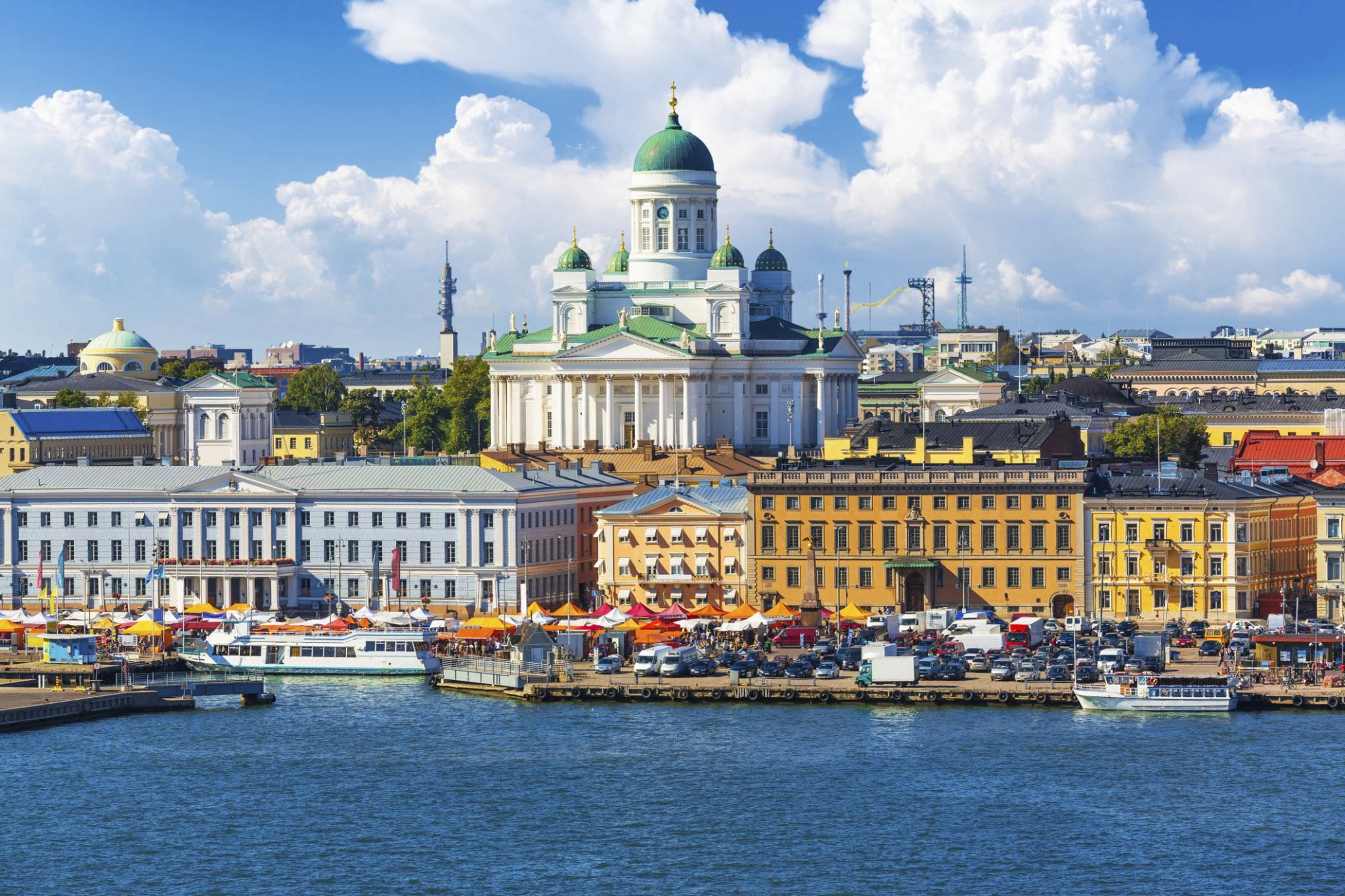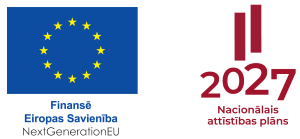Helsinki, Finland
The capital of Finland is modern, welcoming, and elegant. In addition, it is a good starting point to explore other corners of the country or start/finish a route through the Baltic States.
Helsinki Cathedral (Helsingin tuomiokirkko) is a temple of Evangelical Lutheran worship built between 1830 and 1852. With its imposing white neoclassical façade crowned by a large green dome, Helsinki Cathedral is one of the main symbols of the city. Initially, the Tuomiokirkko was baptized as Church of San Nicolás, in honor of its promoter; Tsar Nicholas I of Russia, but changed his name in 1917 after the independence of Finland. The figures of the apostles stand out on the outside and the sober interior in the shape of a Greek cross. The Lutheran cathedral is located at the top of some wide steps that preside over the Plaza del Senado. The whole of the square and the annex buildings, including the cathedral itself, was designed by the German architect Carl Ludvig Engel and symbolized the union of religious power, political power (represented by the Government Palace, 1822), scientific power (in the figure of the University of Helsinki, completed in 1832) and commercial power (since it was formerly the market place).





